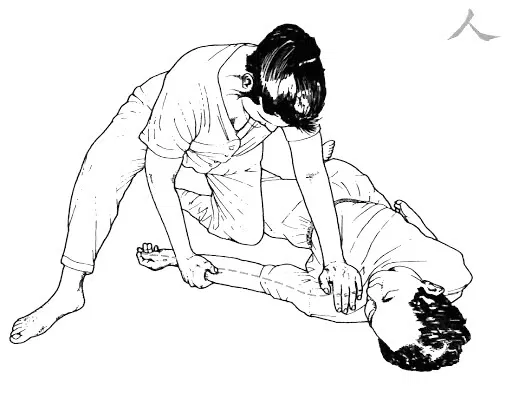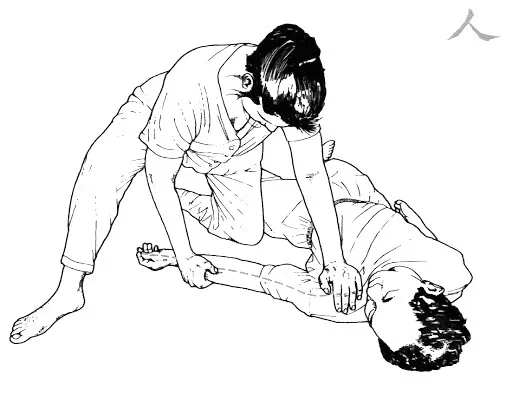Zen Shiatsu

Zen Shiatsu was established by a Shizuto Masunaga (1925-1981)who was born into a family of Shiatsu practitioners. After studying psychology, he decided to pursue shiatsu as well. While reading the classic medical texts, he investigated the practical clinical aspects of shiatsu. Masunaga became a professor of psychology at Tokyo University and, at the same time, he taught psychology at the Japan Shiatsu School. During the late 1970s.
Zen Shiatsu Involves manual pressure applied to specific points on the body in an attempt to relieve tension and pain. According to the Japanese healing treatment, Shiatsu (meaning finger pressure) massage uses thumbs, fingers, elbows, and knees to concentrate pressure at certain energy pathways in the body called meridians. The massage also known as acupressure works to reduce muscle tension and fatigue and is thought to improve blood circulation in the body as well as improve function of the lymphatic system.
Consistent with the basic concepts of traditional Chinese medicine, Zen Shiatsu is grounded in the theory that health problems are attributed to, or at least involve:
- imbalances in yin and yang;
- disharmonies between the internal organs; and
- blockages to the circulation of ki (in Chinese: qi; in English: chi) through the meridians.

“In Zen it is important to have a good master to learn from. In Shiatsu your patient is your master. You can achieve satori by treating disease and restoring health.” - Shizuto Masunaga